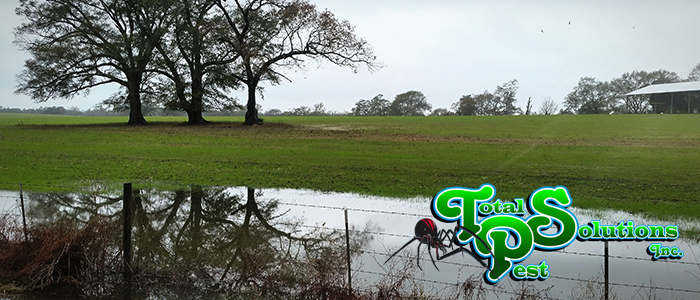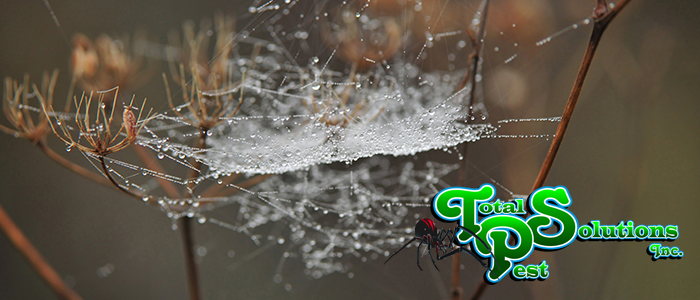
Just reading the name is enough to put the image of this famous spider in your head: Its sleek black body and the distinctive red hourglass shape on its abdomen are the stuff of legend and nightmare. With a reputation for being hyper venomous killers, it’s no wonder they find themselves on all manner of spooky Halloween decoration and macabre imagery. Despite this, how much do you really know about black widow spiders?
What do they look like?
Some innocuous spiders are confused for black widows every now and then. The common house spider in poor lighting can resemble a black widow, but the real deal is unmistakable. Female black widow spiders have deep, shiny black bodies that are remarkably round. They are also large spiders – with legs that can reach an inch in length. The front two pairs are often held far out in front of the spider, with the back two pairs held close in near the abdomen. The abdomen does also bears a striking red hourglass shape on its underside.
Where are they found?
Black widows are considered structure-invading spiders. This means they enter buildings and sheltered spaces that humans often build to feed on insects found there. As it turns out, human basements, garages, and crawl spaces present an almost ideal environment for the black widow spider. They also seek shelter in woodpiles. They are web-dwelling spiders, meaning they will rarely crawl around in places where people might find them in normal circumstances. Their webs are, however, large and irregular, sometimes being a foot in diameter.
If you suspect a black widow infestation is present, it is essential not to attempt to clear them out yourself. Leaving them undisturbed is also less than ideal, and the advice and intervention of a professional is often the best course of action in this case.
How dangerous are they really?
Black widows are not aggressive spiders. That is not to say they can be handled safely, however. Most bites are delivered accidentally, as a human is disturbing the spider’s hiding place, or a female is protecting her egg sac. While black widow venom is powerful enough to be medically significant and bites can be painful, less than ten people out of some 2500 annual bites die per year.
Most bites delivered are dry bites with a small amount of venom or no venom at all. Still, all bites should be reported to a healthcare professional, and medical advice should be obtained immediately. Many bites aren’t even felt. However, two minor puncture marks can identify them in the middle of a slightly swollen area. Pain from the bite can cause muscle sweating, nausea, and muscle cramping in severe cases, but the symptoms will generally abate within days. Again, all bites must be reported, and a doctor’s advice followed.
How can I avoid bites and infestation?
Having a professional help, you pest-proof your home is a significant first step. Weatherstripping, screens, and removing old clutter and debris are significant steps to making your home less appealing to a black widow. When cleaning out cluttered areas of your home, it is essential to wear long sleeves and gloves to protect yourself. If you can see spider webs, be careful as you move through them and be mindful of any spiders that may be present. Shake out any clothes that have been stored in a basement or garage before wearing them.
Black widow spiders are not out to harm you and can help keep harmful insect populations in check. By treating these animals with respect, you can avoid a painful bite. In the event that a bite does occur, a prompt medical response can help you avoid rare complications.
continue reading
Related Posts
Auburndale’s Post-Storm Lawn Recovery: Addressing Flood Damage Following a severe
Davenport’s Spider Invasion: Managing Winter Web Builders As the temperature
Winter Palm Care in Lakeland: Cold Snap Protection Strategies Lakeland,







